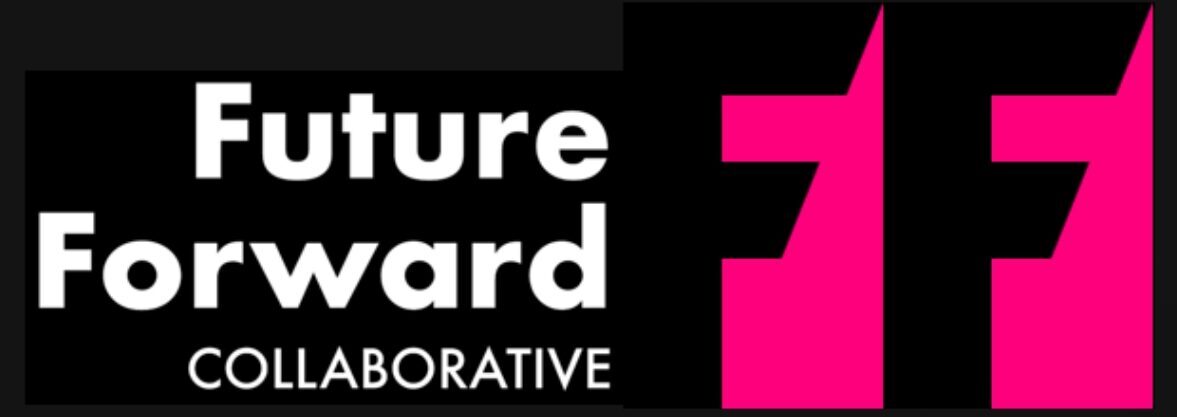In my recent conversations with business and innovation leaders, one recurring theme stood out: how to encourage leaders, teams, and organizations to think differently.
In today’s fast-paced and complex business environment, the ability to think differently has never been more critical. Yet, many leaders and high-performing teams struggle to break free from conventional approaches. This challenge is not just an individual hurdle—it’s a systemic issue that affects how organizations innovate and strategize for long-term success.
Why Does Thinking Differently Matter?
“We cannot solve our problems with the same thinking we used when we created them.” — Albert Einstein
This timeless insight underscores the need to adopt new perspectives, break habitual patterns, and challenge existing paradigms. Thinking differently is essential for identifying the right problems to solve, uncovering opportunities, and addressing complex challenges effectively.
How to Foster Different Thinking
Here are some practical ways to think differently:
1. Encourage Diverse Perspectives
Diversity within teams brings fresh ideas and unique viewpoints, which are critical for innovation. Foster an environment/culture where differing opinions are welcomed, valued, and celebrated.
2. Adopt a Beginner’s Mindset
Approach problems with curiosity and openness, as though encountering them for the first time. This mindset encourages exploration without the constraints of pre-existing assumptions or biases.
3. Embrace Failure as a Learning Opportunity
Innovation often involves trial and error. Reframe failure as a stepping stone rather than a setback to promote bold thinking and experimentation.
4. Leverage Cross-Industry Insights
Seek inspiration beyond your industry. Many groundbreaking ideas emerge by adapting practices and solutions from unrelated fields.
5. Ask “What If” and “Why Not” Questions
Challenge the status quo by asking provocative questions like, “What if we approached this problem from a completely different angle?” or “Why not try a method that hasn’t been used before?”
Preparing for Change
While these strategies may sound straightforward, shifting behaviors requires intentional effort. Organizations need the right methods, tools, processes, and—most importantly—a culture that supports and sustains innovative thinking over time.
A few questions to ponder:
What challenges are you or your teams facing in breaking free from traditional thinking?
How are you thinking differently?
What methods, processes, and tools are you leveraging to foster innovation?
